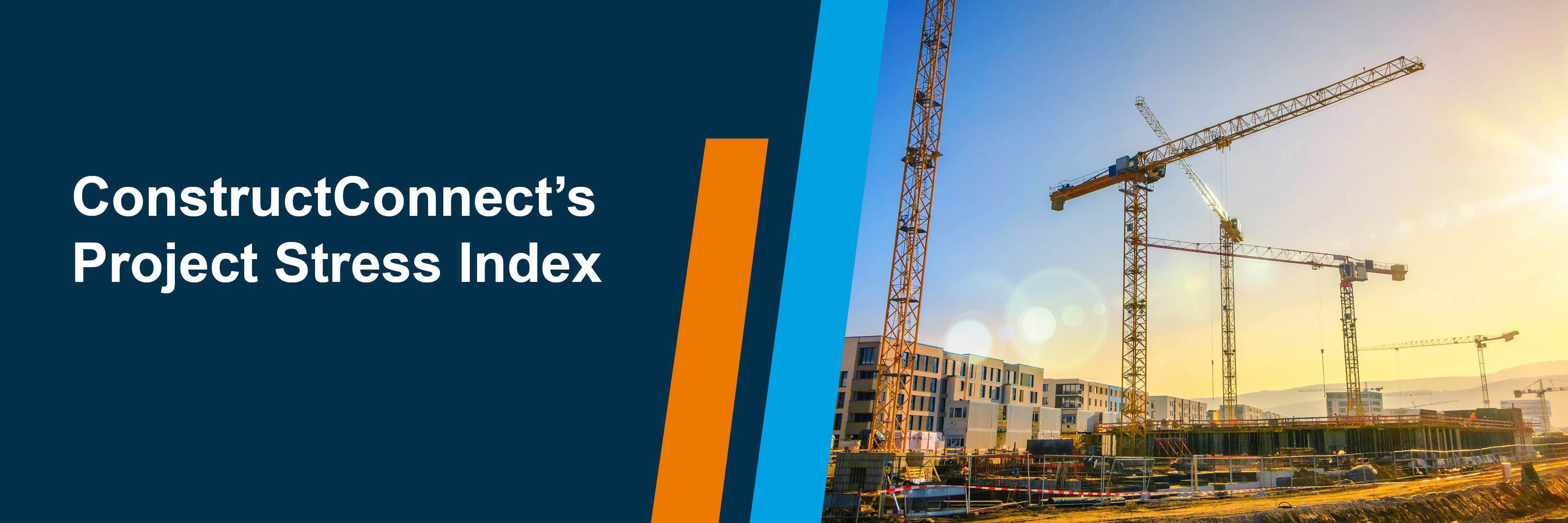Read this article to understand the level of U.S. nonresidential construction projects that have been delayed, on hold, or abandoned.
COMPOSITE OVERVIEW
The Project Stress Index (PSI) composite closed September 2024 at 102.6, rising 16.7% for the month.
September’s steep rise was in part due to a downward revision of August’s reading to a 3-year low of 87.9. September’s month-on-month increase resulted from higher on-hold at 8.9% and abandonments at 49.8% activity, while bid date delayed activity remained constant.
Compared to activity from the same month one year ago, the composite is down 11.7%, while year-to-date, the composite is down 23.5%.
September’s bump upward may reflect the adage “buy the rumor, sell the news”. For most of 2024 the Index has been on a significant downward trend, culminating in August’s record 3-year low reading.
In the weeks and even months leading up to their September rate cut the Federal Reserve strongly signaled that it was going to lower the Federal Funds Rate “FFR”. The implications of this action would lead to a decline in interest rates for home mortgage and commercial real estate “CRE” loans. In the apparent anticipation of lower interest rates both mortgages and corporate loan rates began falling well in advance of the actual rate cut by around 50-basis points, or 0.5%.
The optimism that drove these rates lower was likely also been behind the falling number of abandoned and on hold projects recorded between July and August, causing stress readings to fall to multi-year lows. With the Fed’s September rate cut, its first in years, having lived up to the market’s optimistic anticipation, the industry is now “selling the news” and with it adjusting to actual market conditions rather than getting caught up in the optimistic hype around anticipated Fed actions.
COMPONENTS MONITOR
| Delay Bid Date |
On Hold |
Abandoned |
 |
 |
 |
Sector Status Update
Public and private projects often exhibit distinct stress trends due to their disparate financing sources. Since June of this year, monthly delayed bid date activity readings in the private sector have set consecutive months of multi-year low readings going back before COVID. However, readings of private sector on hold and abandonment activity remain in line with the levels of recent past years. In the public sector on hold activity readings since mid-July have reported consecutive months of record low readings; however, bid date delayed and abandonment activity readings year-to-date continue to fall well within the patterns or previous years.
About the Project Stress Index
The Project Stress Index (PSI) composite represents an equal-weight measure of the seasonally adjusted level of pre-construction projects that have experienced a delayed bid date, have been placed on hold, or have been abandoned in the last 30 days. The PSI monitors nonresidential and multifamily projects in their preconstruction phases only and thus excludes any single-family home construction. Each component has been seasonally adjusted and then indexed against its 2021 average weekly reading. The independent tracking of each status type gives unique insights into the timing, direction, and amplitude of market changes. Additional information about the PSI, including detailed data about the individual readings for delayed, on hold, and abandoned projects can be found here.
